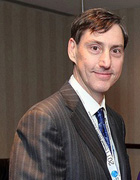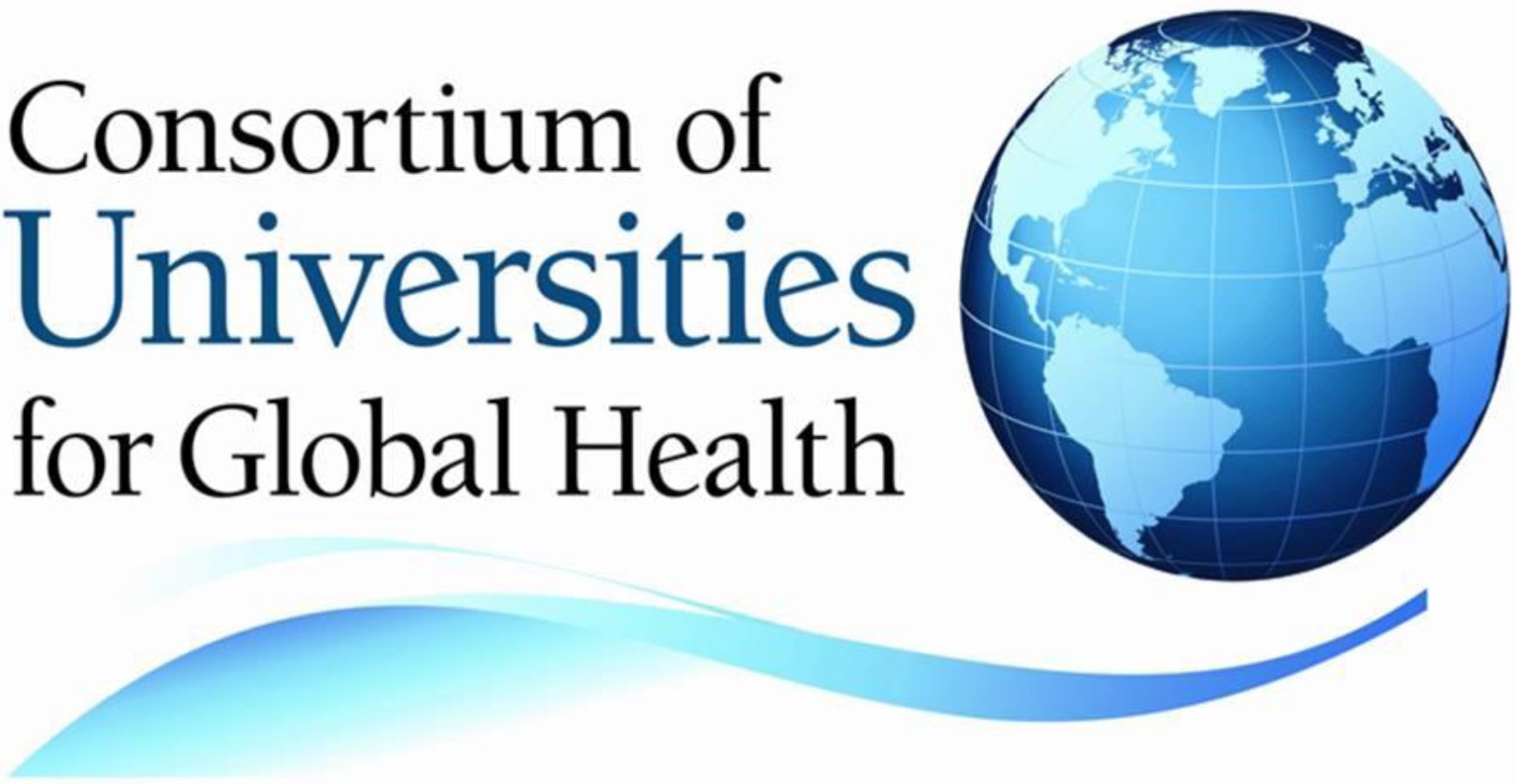
This month, the Society had the opportunity to check in with Timothy Brewer, MD, MPH, chair of the board at the Consortium of Universities for Global Health (CUGH). Brewer is the Vice Provost for Interdisciplinary and Cross-Campus Affairs at UCLA. CUGH is a valued partner of ASTMH. Our organizations share several members and leaders, including Michele Barry, MD, FASTMH, CUGH board member and past ASTMH president.
1) CUGH is a relatively young organization. For those who might not be familiar with the goals and mission, how would you describe it?
A university is a community of scholars, and since the founding of the University of Bologna in 1088 individuals have been coming together in communities to share and to advance knowledge. The Consortium of Universities for Global Health (CUGH), founded in 2008, is a community of universities. Our mission is to bring together faculty, students and administrators from diverse institutional settings so they may share and advance knowledge in global health training and practice. Capacity building, both within and between universities as well as with the greater community, is at the core of CUGH’s mission.
We achieve our mission through such activities as identifying and promulgating best practices for global health training, advocating for global health funding and standards, and establishing networking opportunities for persons and institutions interested in global health to come together and learn from each other.
2) One of the common threads between the Society and CUGH is the focus on training the future global health workforce. Students are eager to get international experience and program coordinators are keen to ensure project sites get the maximum benefit from young volunteers. What guidelines does CUGH recommend to ensure international experiences are valuable for both trainees and hosts?
In establishing international experiences, one needs to consider the needs and goals of everyone involved, including the sending institution, the student and the host (which may be an individual, an institution, an organization or a community).
 While often framed as service programs, most international electives involving health science students are at their core probably educational experiences. Understanding this primary purpose, having the necessary infrastructure in place at all sites, and making sure that potential risks are reasonable given the likely educational benefits are key steps in establishing suitable international student electives.
While often framed as service programs, most international electives involving health science students are at their core probably educational experiences. Understanding this primary purpose, having the necessary infrastructure in place at all sites, and making sure that potential risks are reasonable given the likely educational benefits are key steps in establishing suitable international student electives.
Another contributor to successful international programs is having well-defined sender, student and host responsibilities, for example determining educational objectives, activities and appropriate supervision in advance of a student’s arrival. Proper pre-departure training is valuable for faculty and students interested in participating in international experiences, particularly those persons going overseas for the first time. Setting realistic expectations all around also is important. Though anecdotal, electives based on institutional relationships with long-term commitments to each other seem to be preferable to those based on individual relationships, but the central component for fruitful experiences is likely the presence of dedicated faculty at the sending and receiving organizations each of whom benefits from the relationship. Common sense also helps. An elective appropriate for a student who has previously been a Peace Corps volunteer in the country, speaks the language and knows the cultural norms may or may not be appropriate for another student who has never traveled internationally.
3) ASTMH and CUGH share other similarities, including a focus on education and research. What are some of the ways that our organizations can collaborate more in the future?
Around for just over 110 years, the American Society for Tropical Medicine and Hygiene has tremendous organizational experience facilitating international health research and educational partnerships. In particular, ASTMH members have long been at the forefront of health sciences research in low-resource settings, both basic and applied. This know-how is a terrific foundation on which to think about the emerging field of global health.
Though much younger, CUGH has strong roots in global health educational design and development, even more so since the merger between CUGH and the Global Health Educational Consortium (GHEC) in 2011. In addition, by focusing on universities, CUGH draws in non-health disciplines that are increasingly recognized as essential for addressing health inequity issues globally. The two sets of organizational assets are very complementary. Across the spectrum of activities both organizations currently are involved in, opportunities for collaboration abound. Our members have a mutual stake in ensuring adequate federal funding for global health research and programs.
There are likely ways we could advocate more effectively together. Assisting in the development and promotion of educational guidelines and materials, establishing programmatic and ethical recommendations for international student elective partnerships and facilitating networking opportunities across the Societies also would be of substantial benefits to all our members. There are no doubt many other examples as well.
4) In global health, there is sometimes a gap between researchers and those involved with the delivery of clinical care. How can we integrate better?
Linking research to practice is a complex challenge, touching on such diverse issues as research question formation and study design, the setting of funding agency priorities, general public awareness of and comfort with science, knowledge translation and cultural change. Like most complex problems, breaking this issue into component pieces capable of being addressed with testable hypotheses should be helpful. Successfully solving this challenge will require social scientists, policy experts, humanists, political scientists, advocacy experts and others besides the more traditional health science researchers. In addition, we need to be communicating with each other, our colleagues in other fields, the general public and decision-makers better than has sometimes occurred previously. Scientists should be engaging clinicians and communities; educators need to be more creative about improving general science literacy.
While much work remains, there has been significant progress in the almost 30 years I have been involved in research and clinical care here and abroad.
5) Some readers might wonder if their universities are members of CUGH or if they should join. What unique value does CUGH provide for universities?
Interested individuals may check the CUGH web site to see if their university is a member. Regarding value, in the short span of 5 years, CUGH has gone from an informal gathering of 24 program directors to over 120 institutional members. CUGH membership offers almost unparalleled networking opportunities; the annual conference alone now attracts more than 1,400 participants from almost 60 countries.
We also continue to scale-up programs. One new offering is our mentorship program, where directors at the early stages of global health program development are partnered with more experienced program director mentors. Assistance may range from informal phone calls to site visits depending on the mentee’s needs.
Another unique area for CUGH is supporting university administrative capacity to undertake international global health activities. Through regional workshops created by our Enabling Systems Working Group, administrators learn best practices regarding the logistical aspects of undertaking internationally-based programs such as risk management, hiring personnel and contracting office space, and meeting government reporting requirements. The Educational Committee is harmonizing global health core competencies across the health sciences disciplines with the aim of expanding their work to non-health science disciplines as well. A trainee advisory group was recently created, and we look forward to working with trainees to establish programs particularly suited for their needs.
CUGH is a dynamic, growing organization; I would strongly encourage any university-based global health program with questions about membership benefits to call the CUGH Secretariat and discuss how membership might help their individual program.